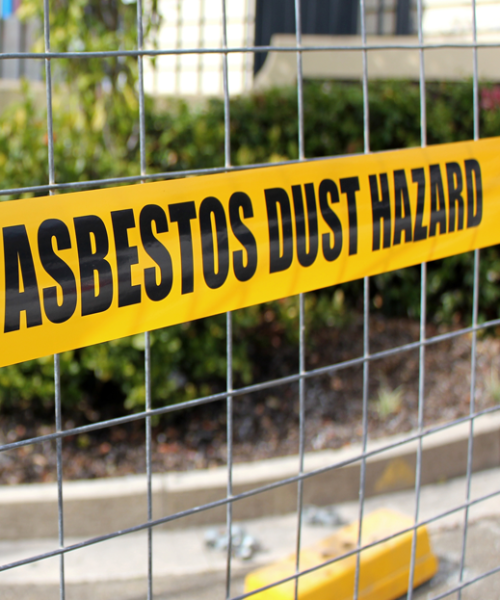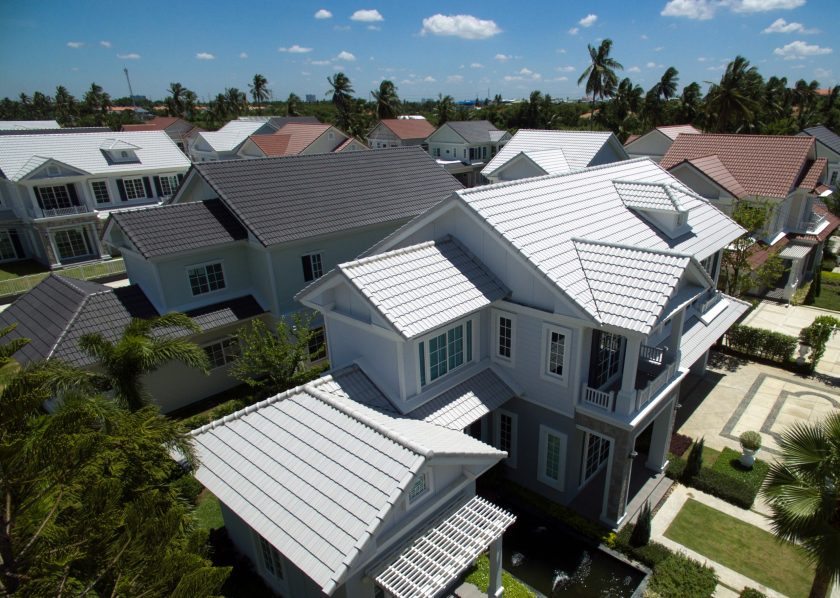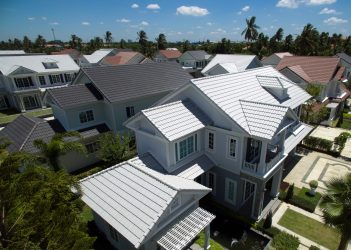
Asbestos Identification Reports are used to determine the presence of asbestos-containing materials (ACMs) as Asbestos fibers are hazardous to humans and animals.
Many building products produced up to 1985 are ACMs with common examples being wall cladding (fibro), roof sheeting (super 6), gutters and downpipes, fencing, ceiling tiles, lino floor tiles, insulation, some concrete slabs, some adhesives and bakelite.
In Australia, 1 January 2004 was the date it became illegal to sell products containing ACM’s. The Work Health & Safety Act 2011 (WHS) requires any building built up to 31 December 2003 to be inspected for ACM’s.
Our Building Consultants are trained and accredited to undertake asbestos inspections. Materials analysis is carried out in NATA accredited laboratories.
To perform the asbestos report, the inspector is likely to take samples for analysis of products likely to contain asbestos or where the presence of asbestos may be ‘presumed’.
Once the samples have been tested, an Asbestos Register is then compiled about the analysed materials. This Register must be clearly displayed on the property to provide a clear warning to occupants, visitors, and tradesmen where asbestos is located.
 Back to Services
Back to Services



